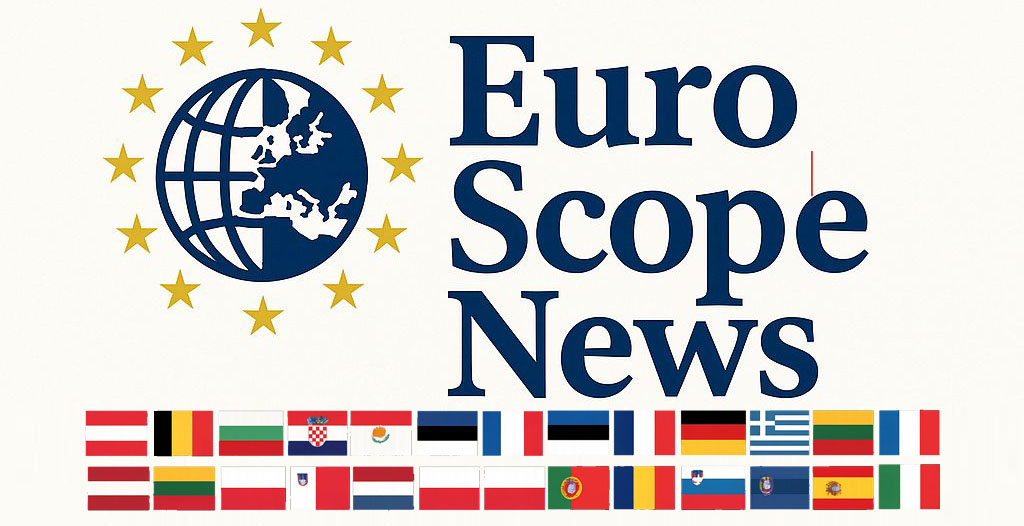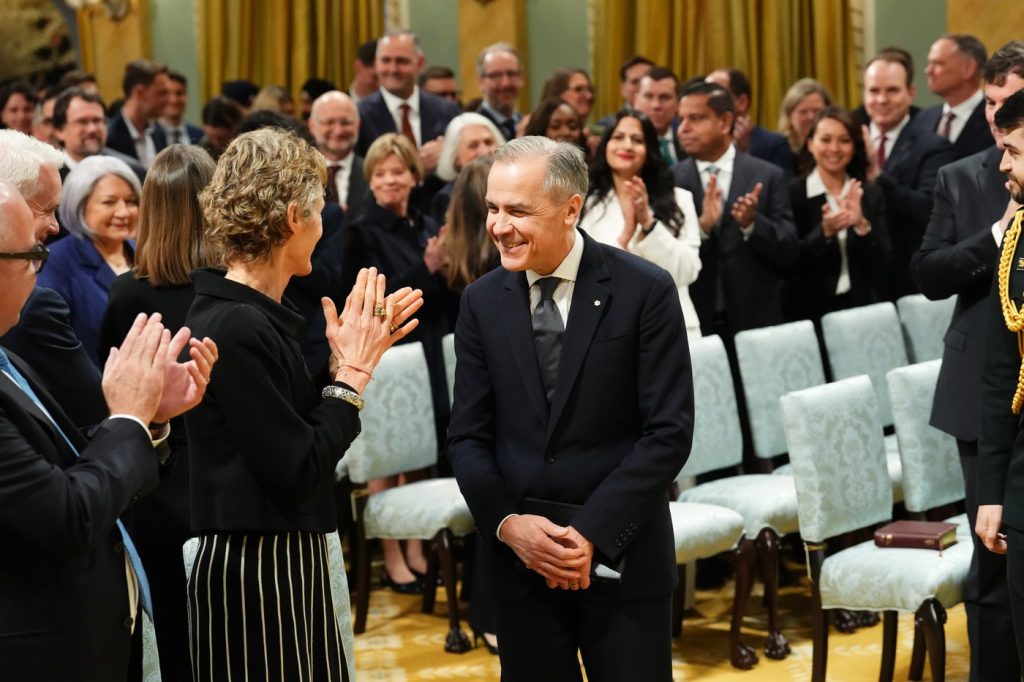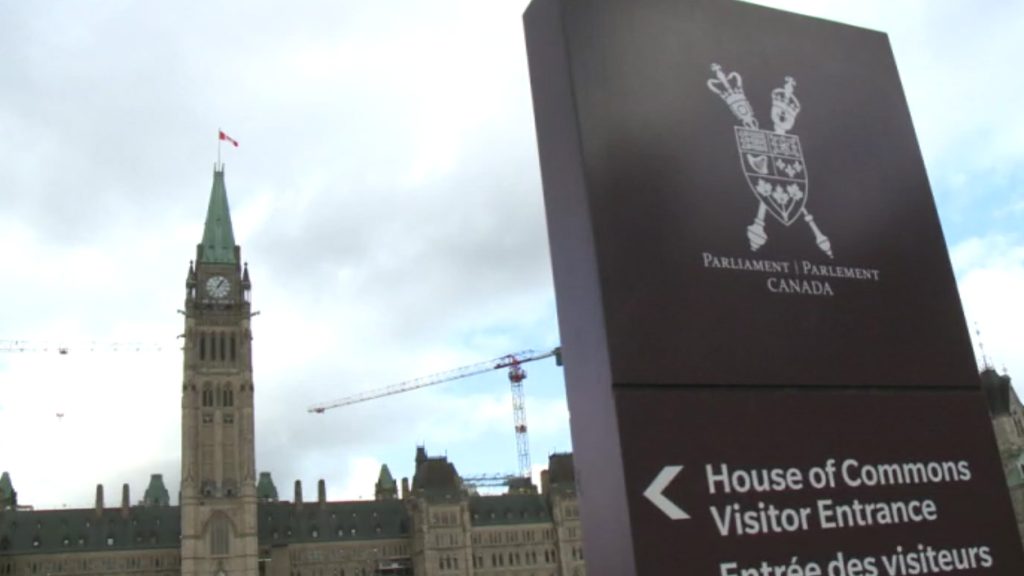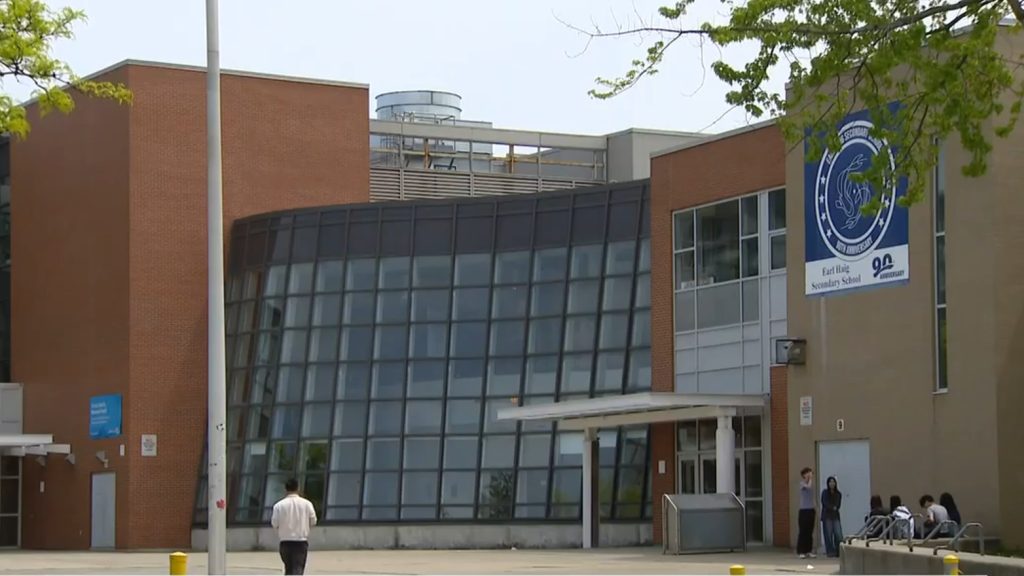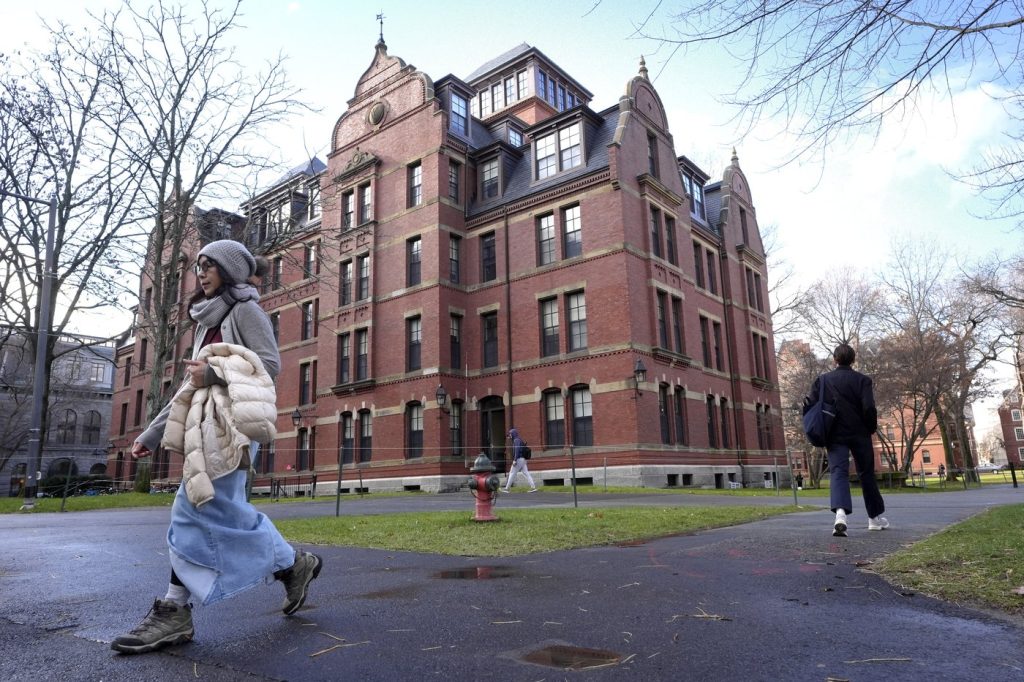On August 1, U.S. President Donald Trump threatened to impose a significant 35 percent tariff on Canadian imports, as outlined in a letter sent to Prime Minister Mark Carney, which he shared on social media. Trump’s letter underscored ongoing concerns regarding the flow of fentanyl from Canada into the United States, suggesting that cooperation in curtailing this issue could lead to a reconsideration of the proposed tariffs.
Trump highlighted that the fentanyl crisis is not the only point of contention with Canada. He accused Canada of implementing numerous tariff and non-tariff policies that create "unsustainable trade deficits" for the United States. In this vein, he reiterated his claim regarding Canadian tariffs on American dairy products, which he suggested amounted to 400 tariffs—an assertion some experts have labeled as inaccurate.
The trade deficit with Canada, according to Trump, poses threats not only to the American economy but also to national security. Following Trump’s statements, Prime Minister Mark Carney promptly responded via social media. He reaffirmed the Canadian government’s commitment to defending the interests of workers and businesses during ongoing trade negotiations with the United States.
Carney emphasized Canada’s “vital progress” in addressing the opioid crisis and militating against the flow of fentanyl across the border. "We are committed to continuing to work with the United States to save lives and protect communities in both our countries,” he remarked. Furthermore, Carney underscored several measures taken by the Canadian government aimed at mitigating potential adverse effects from a trade war with the U.S.
Highlighting unity, Carney stated that “the federal government, provinces, and territories are making significant progress in building one Canadian economy,” and he expressed optimism about a series of upcoming major projects that could serve the national interest. Concurrently, Ontario Premier Doug Ford’s spokesperson urged the federal government to exert maximum effort to secure a beneficial deal for Canada that eliminates all American tariffs.
In the backdrop of these developments, Canada and the United States had previously agreed to negotiate a new economic and security agreement, with an initial deadline for a deal set for July 21. Historically, Trump had imposed 25 percent tariffs on Canada in March, with a lower 10 percent levy affecting energy and potash. Shortly after, he backtracked on certain tariffs related to compliance with the Canada-U.S.-Mexico Agreement (CUSMA).
The letter sent to Prime Minister Carney also contained references to ongoing tariffs on various Canadian goods, including steel, aluminum, and automobiles, alongside plans for new tariffs on copper, which are also slated to be enacted on August 1. In counteraction to Trump’s tariffs, Canada had previously implemented retaliatory tariffs targeting a range of American products, from orange juice and motorcycles to clothing and cosmetics.
Trump concluded his letter with a stark warning, stating that any increase in tariffs decided upon by Canada would be added to the existing 35 percent tariff that the U.S. plans to impose. In recent correspondence sent to several nations, Trump reiterated that higher tariffs would be applied if they fail to finalize trade agreements by the beginning of August.
